Making decisions is a big part of being a homeowner. From the initial design of your home to future renovations, remodel, or improvement projects you will make, you inevitably become a pro at choosing between tile, textures, pattern, and sizes. However, before becoming well seasoned, it is easy to make mistakes when the time comes to choose as you may not be sure what exactly your home needs.
Hardwood flooring is a classic flooring choice and is a beloved installation in many homes. However, natural hardwood is not as popular as it used to be a few decades ago thanks to the introduction of all kinds of alternative flooring options - a large portion of which are a bit less maintenance intensive. However, hardwood is still appreciated to this day and many homeowners refuse to replace hardwood floors with anything else.
When the time comes to decide whether to refinish hardwood flooring or replace it, a lot of homeowners have a very difficult time choosing what to do. Refinishing hardwood flooring means to shave off the top layer and give it a new coat of lacquer or ‘finish’. Recoating also falls into the category of revitalizing your hardwood floors without replacing them and involves a less intensive shave-down than a rifinish (effectively costing less time and money) Replacing speaks for itself and there are signs you can look for in order to decide whether to refinish or replace hardwood floors.
When to Refinish
The most important factor to consider when choosing between a refinish and replacement is the condition of the floor itself. On the one hand, you do not want to spend time and money refinishing a floor that is way past saving. On the other hand, replacing real wood flooring that is still in good condition is a waste of good wood.
The Benefits of Refinishing
Refinishing hardwood breathes new life into the lumber without the need to replace the floor entirely. It is a cost-effective way to freshen up the interior, fix floor damage, and keep the natural wood flooring well-maintained.
Refinishing natural wood floors also gives you the opportunity to update the finish of the flooring, giving you more control over its condition. Some finishes are more impact resistant, others offer extra insulation to keep the floor warm when the weather gets cold. A few finishes are even waterproof. Whichever you choose, refinishing your flooring gives you the opportunity to update them for a longer life protected from the elements.
It’s also a relatively easy project to do yourself. Other than dust and the smell of finish enveloping your house for a few days, there are few difficulties when it comes to DIY floor refinishing. You can always pay a professional $4 to $8 per square foot refinished, or you can do it yourself and expect to pay $300 to $400 for 250 square feet, which is slightly less than the size of the average living room. This is a much cheaper alternative to replacing the floorboards entirely.
Here’s when it might be a better idea to recoat or refinish:
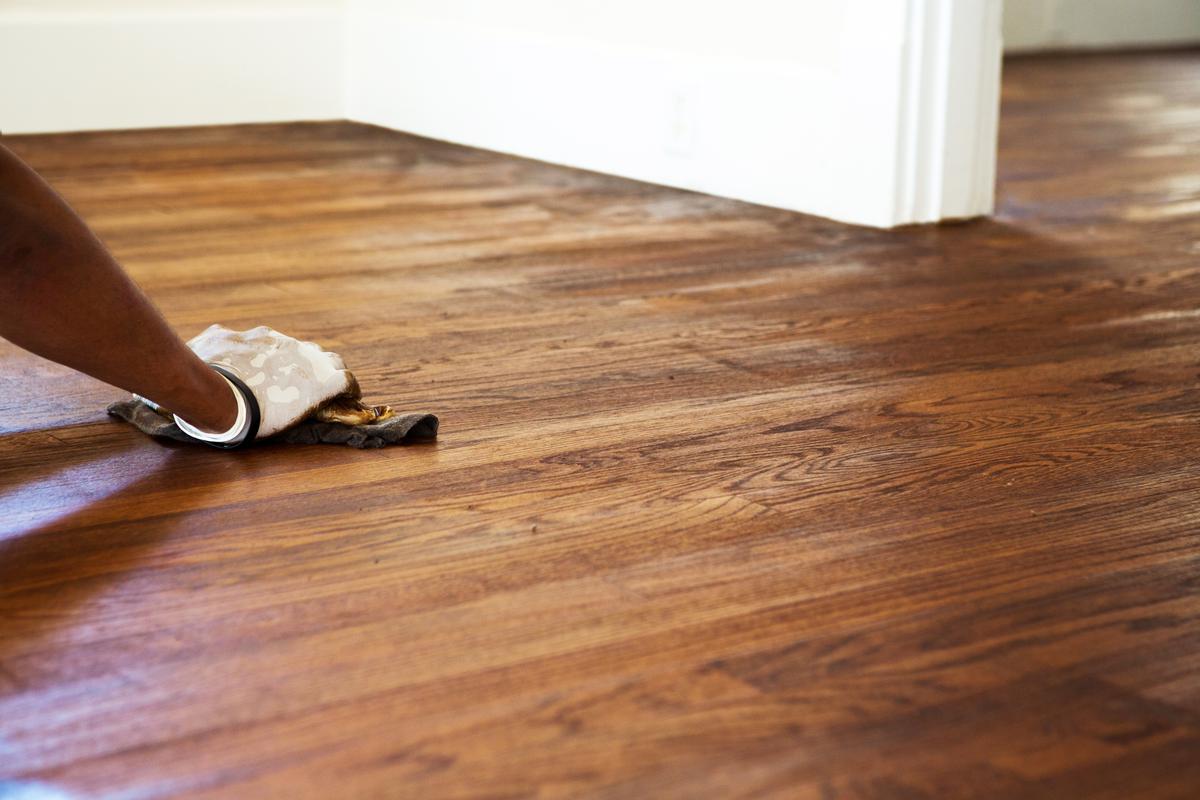
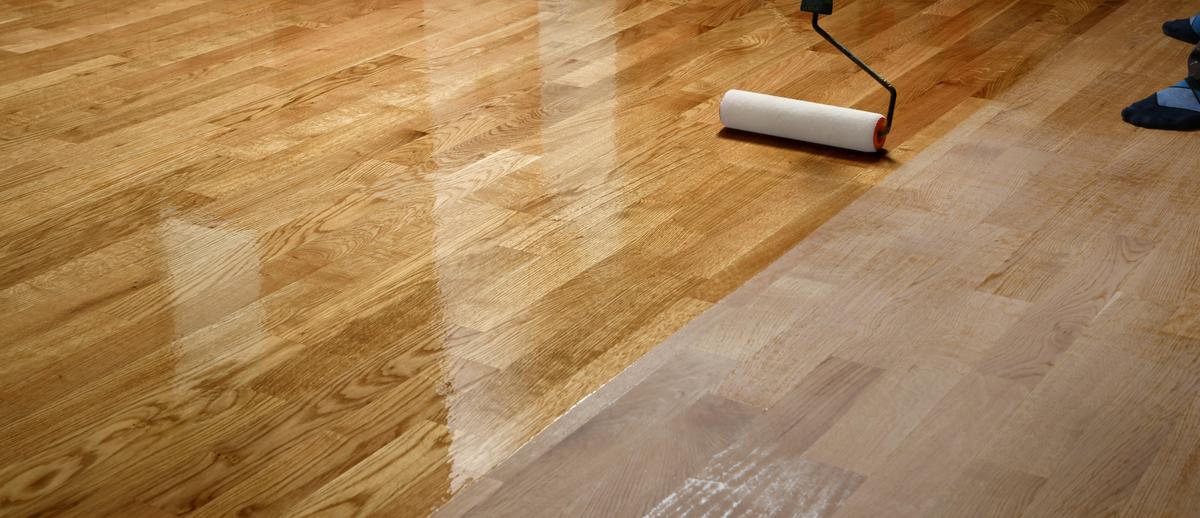
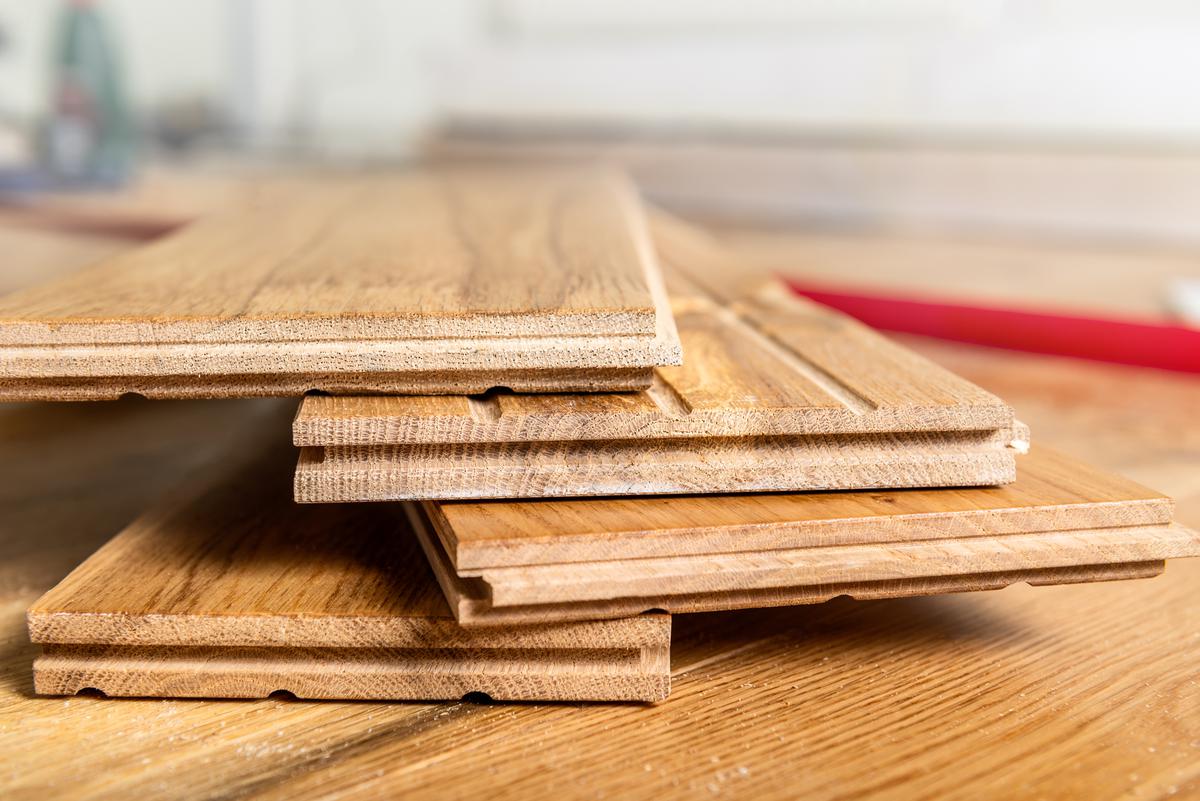
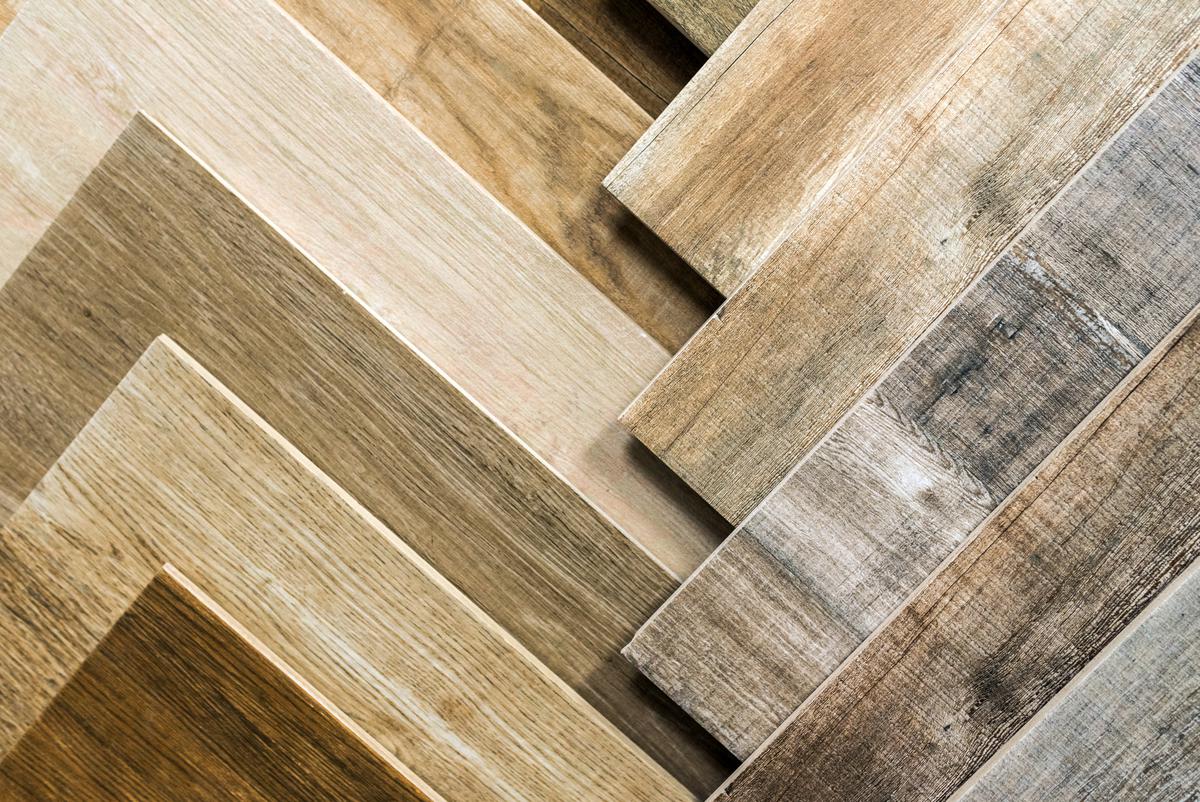
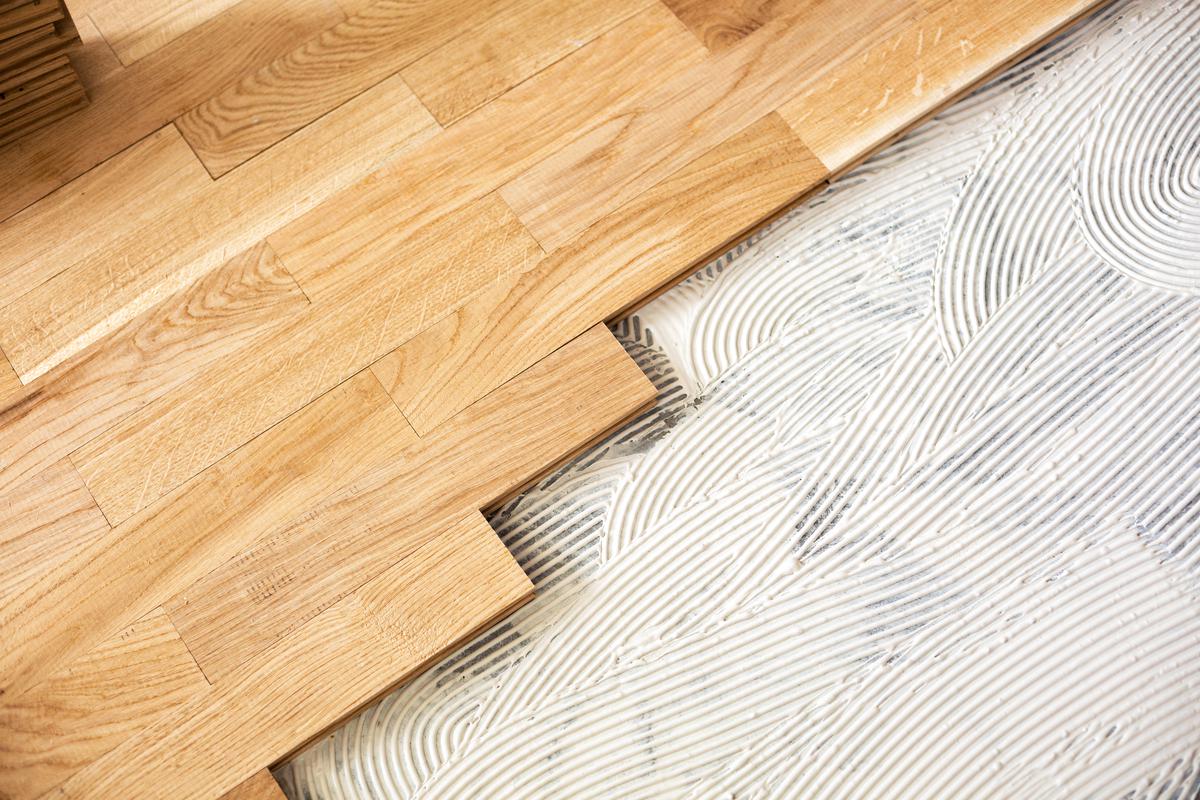
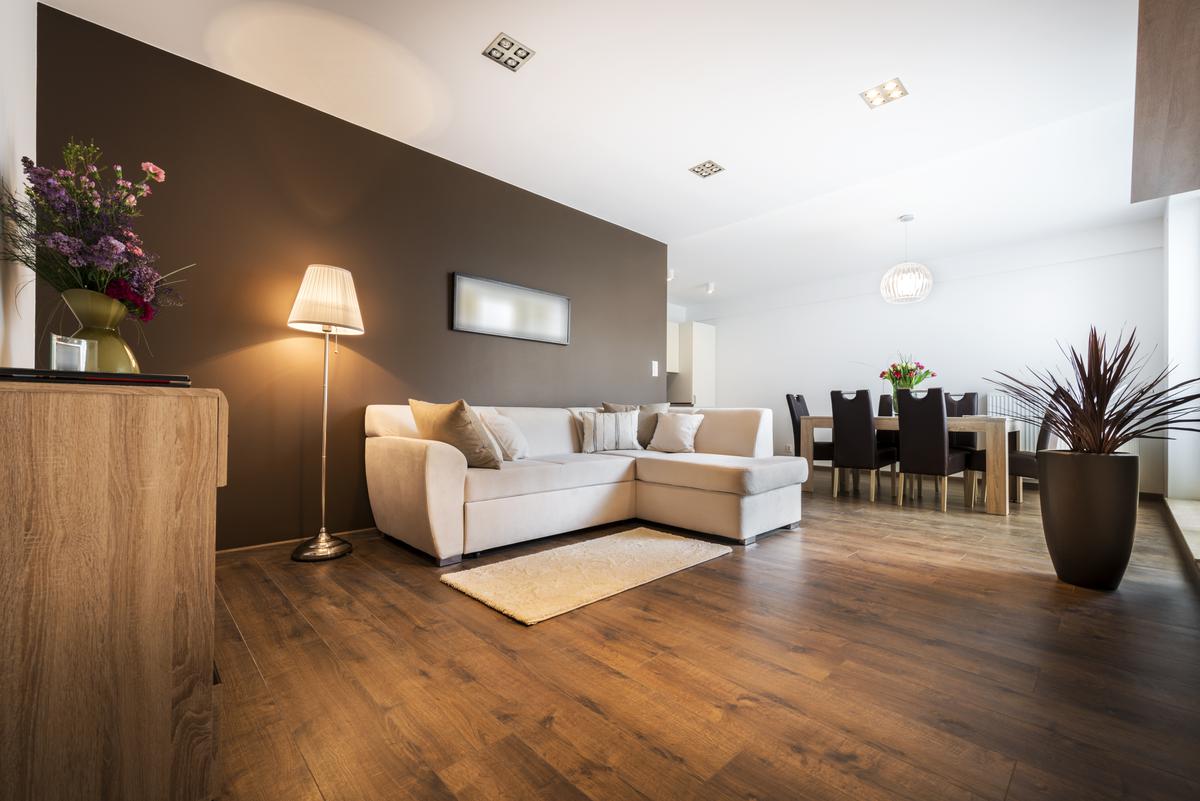


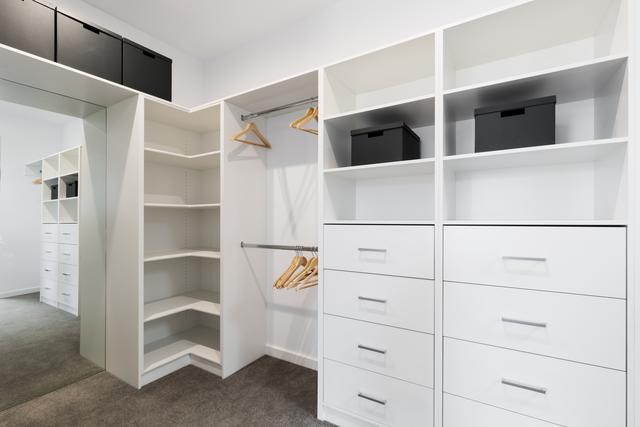

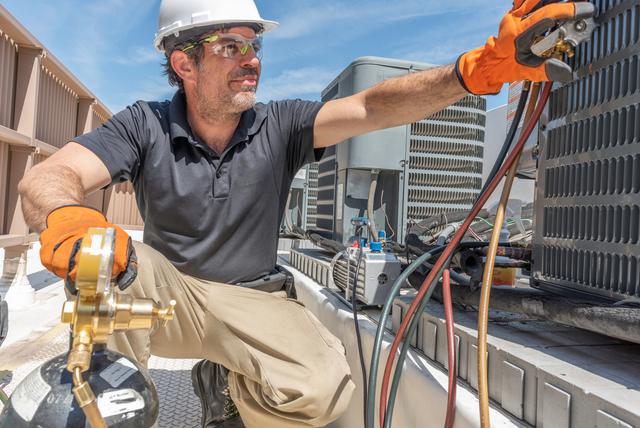
comments